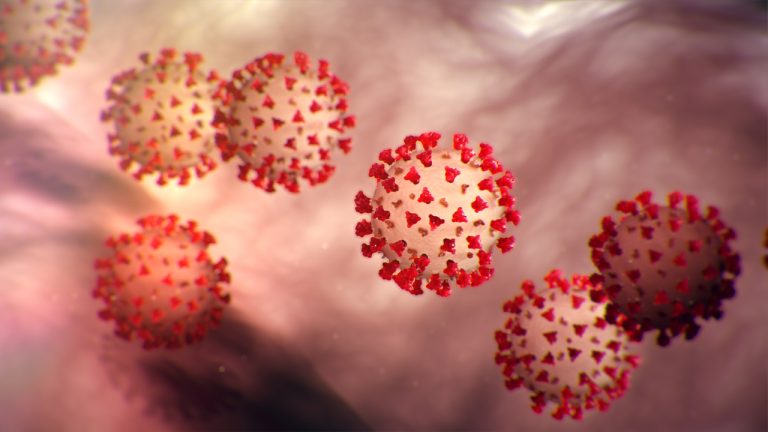
Feenzu Sherpa
Over the past four months, we have seen COVID-19, which started as a regional infection, become an epidemic, and then a pandemic. We are undergoing one of the world’s worst health crisis as the number of globally infected surged past 1 million on Friday.
The virus, which has spread to almost all the countries in the world, is classified into different stages depending upon its intensity.
What are the four stages of the novel coronavirus?
Stage I: In the first stage of COVID-19 pandemic, the disease is yet to spread locally – cases reported are usually people who have had a travel history to an already affected country. Any country reaches Stage I of the outbreak as soon as they report their first case.
Stage II: Local transmission is seen in people who have come in contact with coronavirus affected people recently traveled from abroad – usually friends, family. At this stage, it is easy for contact tracing and preventing casualties via quarantining people. Countries like India and Nepal are in second stage.
Stage III: Community transmission is the third stage of an outbreak when the source of the infection is untraceable. Those individuals who have neither travelled to a country affected by the outbreak nor have come into the contact of a person infected by the virus can also be tested positive for the virus.
In this case, a lockdown becomes highly important as any person can spread the virus, regardless of their travel history or the people they have come in contact with. Italy, Spain and Singapore are currently in third stage.
Stage IV: At this stage, the infection takes on the form of an epidemic where massive numbers are infected and it is very difficult to control and contain the spread just like in China.
Where do we stand?
Nepal’s low numbers could possibly be attributed to low numbers of testing – as of Sunday evening, a little less than 1600 tests (PCR) had been done across the nation, an insignificant number when compared to other nations reeling with the health crisis.
Health Ministry’s spokesperson, Dr Bikash Devkota, on Saturday confirmed that Nepal has entered the “second stage of coronavirus transmission”.
The government’s decision to increase rapid diagnostic testing (followed by PCR testing for confirmation) in the three districts comes at a highly crucial time, and is aimed at preventing Nepal from reaching stage 3. With the lockdown already in place, increasing the number of tests will help limit the spread of the outbreak.
Stage three of COVID-19, like in cases of Italy and Spain exhaust a nation’s healthcare infrastructure (supplies and human resources). In Nepal too, a stage 3 outbreak will cripple its healthcare system. Therefore, timely intervention is crucial.






